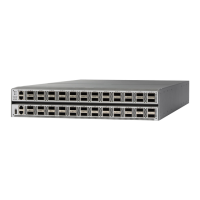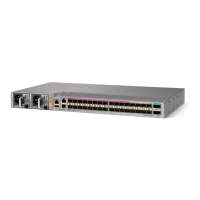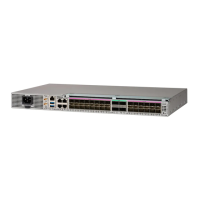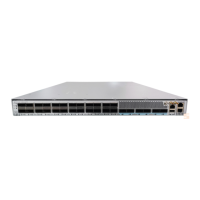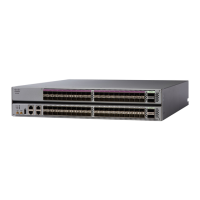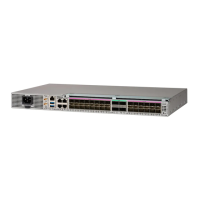• The 32-bit numeric value specified by the OSPF router-id command in router configuration mode. (This
value can be any 32-bit value. It is not restricted to the IPv4 addresses assigned to interfaces on this
router, and need not be a routable IPv4 address.)
• The ITAL selected router-id.
• The primary IPv4 address of an interface over which this OSPF process is running. The first interface
address in the OSPF interface is selected.
We recommend that the router ID be set by the router-id command in router configuration mode. Separate
OSPF processes could share the same router ID, in which case they cannot reside in the same OSPF routing
domain.
Supported OSPF Network Types
OSPF classifies different media into the following types of networks:
• NBMA networks
• Broadcast networks
You can configure your network as either a broadcast or an NBMA network. Using this feature, you can
configure broadcast networks as NBMA networks when, for example, you have routers in your network that
do not support multicast addressing.
Route Authentication Methods for OSPF
OSPF Version 2 supports two types of authentication: plain text authentication and MD5 authentication. By
default, no authentication is enabled (referred to as null authentication in RFC 2178).
OSPV Version 3 supports all types of authentication except key rollover.
Plain Text Authentication
Plain text authentication (also known as Type 1 authentication) uses a password that travels on the physical
medium and is easily visible to someone that does not have access permission and could use the password to
infiltrate a network. Therefore, plain text authentication does not provide security. It might protect against a
faulty implementation of OSPF or a misconfigured OSPF interface trying to send erroneous OSPF packets.
MD5 Authentication
MD5 authentication provides a means of security. No password travels on the physical medium. Instead, the
router uses MD5 to produce a message digest of the OSPF packet plus the key, which is sent on the physical
medium. Using MD5 authentication prevents a router from accepting unauthorized or deliberately malicious
routing updates, which could compromise your network security by diverting your traffic.
MD5 authentication supports multiple keys, requiring that a key number be associated with a key.
Note
Routing Configuration Guide for Cisco NCS 5500 Series Routers, IOS XR Release 6.3.x
106
Implementing OSPF
Supported OSPF Network Types
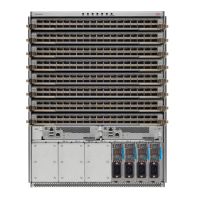
